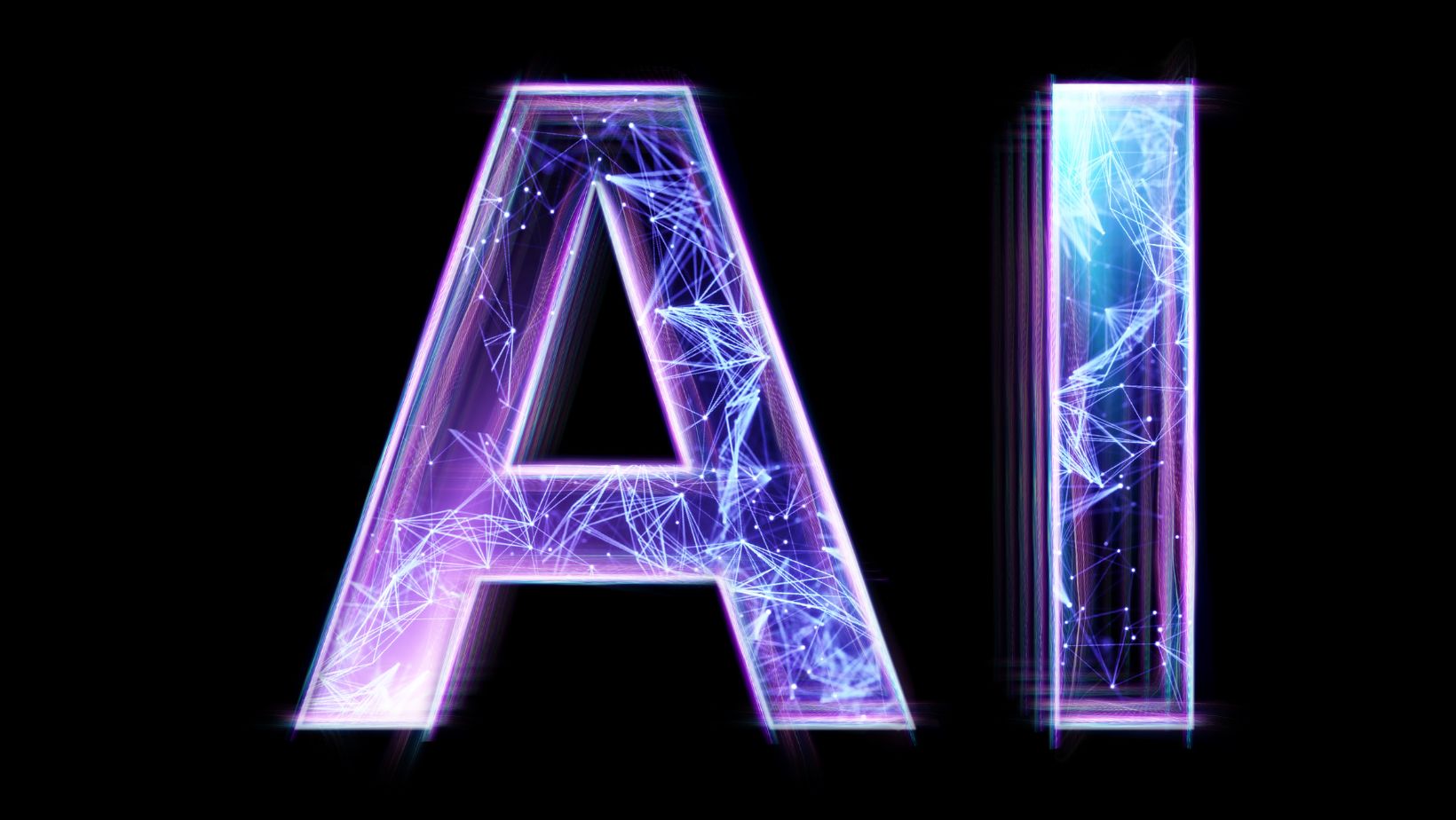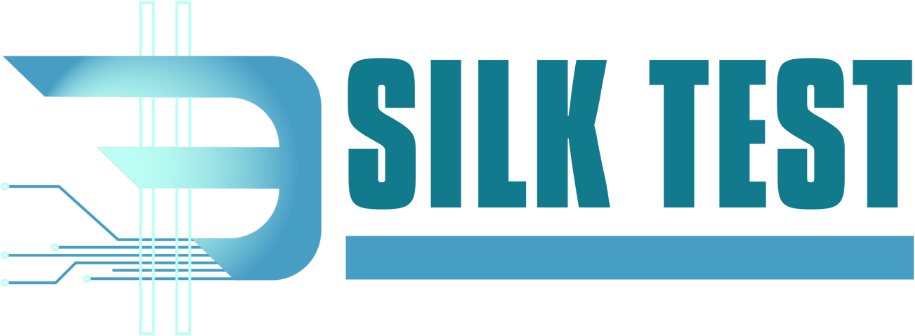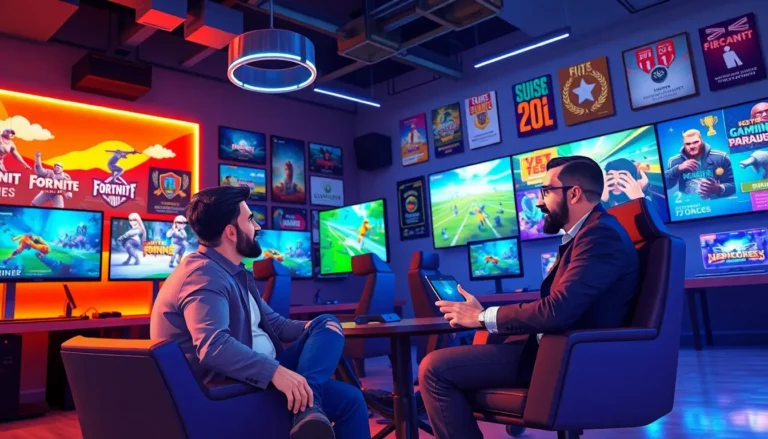AI logo generators offer a fast, efficient way to create a brand identity — but many users end up with designs that look generic, overused, or visually forgettable. This isn’t a flaw in the technology itself, but in how it’s used. If you want to stand out, you need to go beyond presets, choose wisely, and edit intentionally. This article explores how to make your AI-generated logo look truly original while maintaining functionality and clarity.
Why AI Logos Often Feel Repetitive
Most AI tools rely on patterns trained on popular visual examples. When users input similar keywords like “modern,” “simple,” or “professional,” the generator delivers statistically safe designs that resemble one another. With a limited pool of shapes, layouts, and color schemes, repetition is almost inevitable unless the user provides clear direction. Generic input leads to generic output — which is why a thoughtful brief makes all the difference.
How To Write A Brief That Leads To Originality
The biggest mistake is using vague or abstract phrases. If your brief only says “a cool tech logo,” the algorithm will default to commonly used elements. To get a distinct result, be precise. Describe your niche, audience, tone, and what your brand is not.

If you want to avoid cliché symbols or overused color palettes, say so. The more specific and structured your input, the better the AI can align its output with your expectations — especially when you create a logo with AI.
How To Choose Unexpected Stylistic Combinations
Here’s How To Break Free From Predictable Templates:
- Use non-traditional color combinations – go beyond trendy palettes
- Mix bold fonts with unusual shapes – contrast creates personality
- Explore both horizontal and vertical layouts – don’t lock into a single structure
- Introduce asymmetry or modular design – imperfection can be a signature
- Avoid obvious icons like lightbulbs or chat bubbles – seek abstract or symbolic forms
Uniqueness doesn’t require complexity. Sometimes, it’s about combining simple elements in ways that defy expectations. When you use contrast, asymmetry, or an unexpected mix of fonts and colors, you give your logo a stronger visual fingerprint.
Why Manual Edits Make All The Difference
AI is a starting point, not a finished product. Once you’ve generated a concept, small refinements can turn it into something truly yours. Adjust spacing, swap fonts, tweak proportions, or simplify shapes. These edits don’t require design expertise — just attention to detail. You can also create variations for different use cases, like versions for mobile, packaging, or dark mode, which adds depth to your brand system.
How To Test Your Logo For Visual Uniqueness
Uniqueness isn’t just about how your logo looks in isolation — it’s about how it compares to others. Use reverse image search to check whether similar logos already exist.

Then, look at your direct competitors. Does your logo blend in or stand out on a crowded website or marketplace? If it doesn’t immediately catch the eye or spark recognition, it may need bolder shapes, colors, or layout shifts.
How To Balance Originality With Usability
A unique logo should still be readable, scalable, and adaptable across media. Overdesigning can make a logo harder to use in practice. Avoid thin lines that vanish at small sizes or color contrasts that fail on certain screens. Always test your design in real scenarios — on websites, business cards, app icons, and packaging. The best logos strike a balance between creativity and clarity.
Questions And Answers
Can AI Create A Truly Unique Logo?
Only if you give it distinctive input. AI builds from patterns, so your brief and styling decisions must push beyond the obvious.
How Can I Check If My Logo Is Too Similar To Others?
Use a reverse image search and compare your design with competitors in your industry. If it feels too familiar, revise the layout, icon, or palette.
Can I Achieve Uniqueness Without Hiring A Designer?
Yes. Careful use of AI tools, smart editing, and strategic testing can produce a logo that feels original and brand-appropriate.
Should I Add Unexpected Elements To Stand Out?
If they support the brand and don’t compromise usability — yes. An unusual shape or asymmetry can be a memorable asset.
What If My Logo Feels Too Simple?
Simplicity isn’t bad, but it should feel intentional. Use spacing, contrast, or a custom tweak to make it distinct without cluttering the design.






